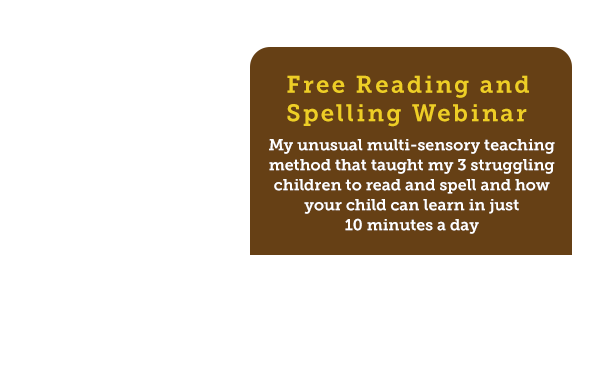Assisting your child or student is much easier when you know the steps to take.
Over the years I have written many articles with parent and teacher support in mind.
This list below was originally written for the appendix of my book ‘Helping Children With Dyslexia’. It always generates a lot of positive feedback and cries of “Thanks” from parents as they get started on their journey to support their son or daughter.
Here it is to help you to get started.
As with all my articles they are for sharing, so feel free to forward this email on to others who will benefit.
 Action Plan For A child With A Learning Difficulty
Action Plan For A child With A Learning Difficulty
1. Start observing your child and making notes about their strengths and weaknesses.
2. Start collecting samples of your child’s schoolwork and items that demonstrate their strengths and weaknesses.
3. Get a notebook and keep track of any conversations, meetings, comments and phone calls regarding your child. Include dates, who was involved and the outcome.
4. Get a folder to keep copies of notes, letters, documents and school reports.
5. Talk to your child’s school.
6. Have a professional diagnosis or assessment conducted.
7. Make sure the school has a ‘Support Plan’ that includes access to a support teacher for the teaching of specific skills and to provide daily  accommodations in the classroom and for assessments.
accommodations in the classroom and for assessments.
8. Based on your child’s report, speak to the school and check if your child’s strengths are being utilised and their weaknesses are being accommodated for and how.
For example you may ask if your child:
* Is receiving small group support and how often
* Is using a multisensory literacy program
* Has class notes provided
* If worksheets are being provided on tinted paper
* Is allowed to use a computer for writing or has a scribe
* Has audio text and audio books available
* Looks up and works out math facts and algorithms using grid paper.
* Has extra time for tests and exams
* Is allowed to give oral responses instead of writing
 9. Maintain open lines of communication between yourself, your child and your school via email, phone or regular personal contact.
9. Maintain open lines of communication between yourself, your child and your school via email, phone or regular personal contact.
10. Find an appropriate remedial program that you can use at home or hire a tutor.
11. Put a support system in place for your child – consider immediate family, extended family and friends, your child’s friends, teachers, local sporting and community groups.
12. Put some strategies in place to maintain and build your child’s self esteem and confidence. Allow them to define themselves based on their strengths.
Above all….. believe in your child and tell them constantly that you do, because with your love and support they can and will be a success.
Kind regards
Liz Dunoon
P.S. You’ll find many more strategies in my book Helping Children With Dyslexia and on my website DyslexiaDaily.com


















